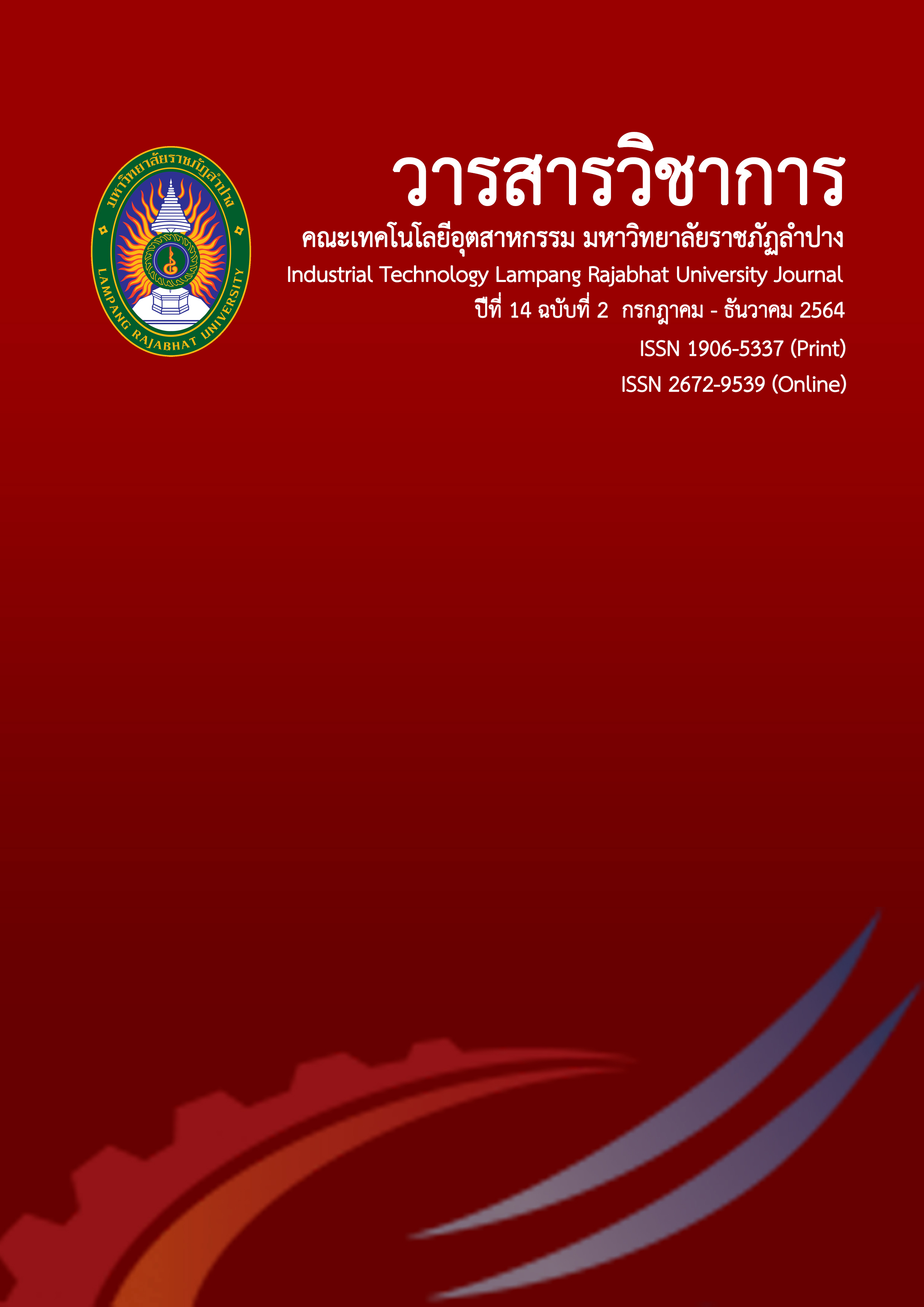Relationship Physical Fitness Assessment Results of Students at Rajaprachanugroh School 1
Keywords:
Association Rule Mining, Physical Fitness Assessment, Decision Tree, Random Forest, Apriori, FP GrowthAbstract
Enhancing health and physical fitness is one of the important functions that schools need to test with their students. It will make them aware of the integrity and changes of the physical condition. In which the assessment of physical fitness of students at the school-age level had to assess a total of 5 items: 1) Body Mass Index (BMI) 2) Standing up and knee lift in 3 minutes 3) Stand up - Sit in 60 seconds 4) push the floor in 30 seconds 5) Sit and Reach. Which this research has the objectives to analyze the relationship of physical fitness evaluation of the said assessment list. To conduct this research, a sample of 812 students at Rajaprachanukroh 1 School was selected using data mining principles in the Association Rule model, using Apriori and FP-Growth algorithms, and Classification by selecting data comparisons using two algorithms: Decision Tree (Decision Tree), Model J48 and Random Forest, where data obtained from physical fitness testing of students. Build models and find relationships with Weka 3.8.5.
The analysis of physical fitness relationships of Rachaprachanugroh 1 School's students, the relationship model of the student physical fitness test items using the decision tree, and the 70% percentage split model assessment was most effective. 100% accuracy, 100% recall, 100% F-measure, and the Apriori and FP Growth Association Rule models were configured. Minimum Support is 0.1 and Minimum confidence is 0.9, which will have 5 and 4 relationship rules, respectively, in which both types of rules are related. It was also found that some of the rules were derived from the relational rule and data classification. Get the same results.
References
American College of Sports Medicine. (1998). ACSM fitness book. 2'd ed. Champaign, IL: Human Kinetics; 1998.
Benchawan, S. (2019). Data Analysis with Basic Data Mining Techniques. journal Faculty of Pharmacy Siam University. Vol. 9 No. 2
July – December.
Chaiyamang, A. (2019). The Development Of Movement Skills Of Preschoolers, Chiangmai Rajabhat University Demonstration School, Mueang District, Chiang Mai Province. RAJABHAT CHIANG MAI RESEARCH JOURNAL. Vol. 21 No. 3 2020 September–November Pages 68-85.
Hastad, DN. and Lacy, AC. (1998). Measurement and evaluation in physical education and exercise science. 3rd ed. Boston: Allyn and Bacon; 1998.
Jehad, Reham & Yousif, Suhad A. (2020). Fake News Classification Using Random Forest and Decision Tree (J48). Al-Nahrain Journal of Science. 23. 49-55. 10.22401/ANJS.23.4.09.
Jongkasikit, N. (2016). A Decision Support System for Analyzing the Risk of Two Chronic Diseases: Diabetes Mellitus and Hypertension. Industrial Technology Lampang Rajabhat University Journal. Vol. 9 No. 2 2016 July – December. Pages 11-19.
Shephard, RJ. and Lavallee, H. (1978). Physical fitness assessment: principles, practice, and application. Springfield, Ill.: Thomas; 1978.
Thongkam, J., Sukmak, V. and Sukmak, P. (2018). Performance Comparison of Apriori and FP-Growth Techniques in Generating Association Rules to Prostate Cancer. Journal of Applied Informatics and Technology. Vol. 1 No. 2 2018 July – December. Pages 103-111.
Wanon, S., Areerat, T. and Sanraj, C. (2018). A Study of Techniques in Predicting Career Counseling for Undergraduate Students of the Computer Program by Using Data Mining Technique. Journal of Innovative Technology Management Rajabhat Maha Sarakham University. Vol. 5 No. 1 2018 January – May. Pages 164-171.
Downloads
Published
Issue
Section
License
Copyright (c) 2021 Industry Technology Lampang Rajabhat University

This work is licensed under a Creative Commons Attribution-NonCommercial-NoDerivatives 4.0 International License.






